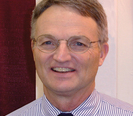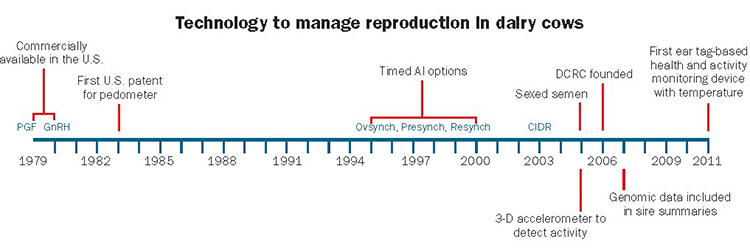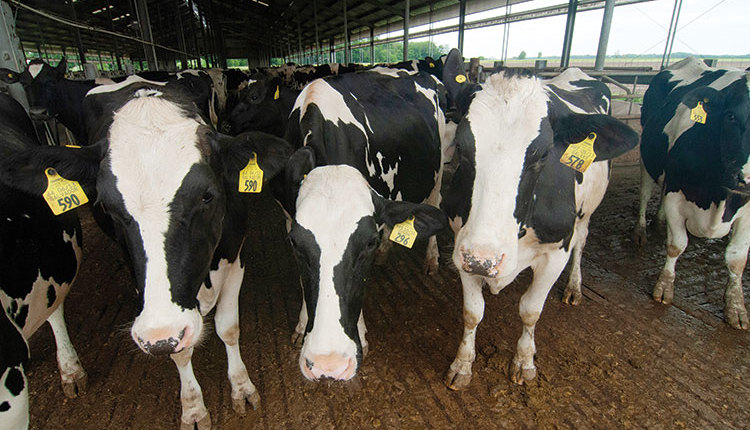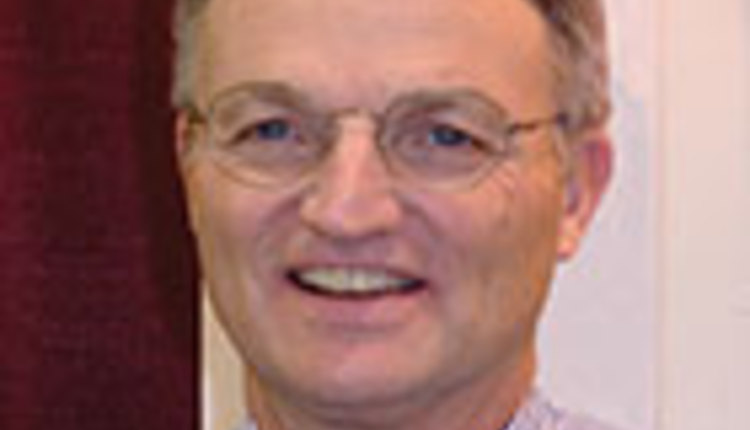
In that presentation, I borrowed a few ideas from my colleague, Ray Nebel, relevant to this time line of activity monitor evolution since 2005. Shown in the time line are technologies, products, and program concepts that have become part of our dairy history relevant to managing reproduction since 1980 — a period that spans my professional career.
Building on the past
It is very true that where we are today depends on accomplishments of the past. Sir Isaac Newton stated in 1676: “If I have seen further, it is by standing on the shoulders of giants.” Many basic physiologic foundation principles were laid down before 1980 upon which was built our understanding of basic reproductive management.
For example, Sir John Hammond (1889 to 1964), a physiologist, agricultural research scientist, and veterinarian provided the early pioneering work in artificial insemination. Another example is the classic 1940’s publications research of George W. Trimberger, which guided the recommendation of the a.m.-p.m. rule for A.I. breeding in cattle.
Lastly, early attempts to synchronize estrus and ovulation were accomplished via application of progestins, estrogens, and prostaglandins by other early pioneers in reproduction. Much of this applied research was built upon concepts about the brain, uterus, and ovary discovered by L.E. Casida, W. Hansel, F. McKenzie, among others, and Nobel Laureates, A. Schally and R. Guillemin, and their students.
Recent advents
My time line starts with the U.S. market appearance of prostaglandin (PGF) and gonadotropin-releasing hormone (GnRH). These two hormones have revolutionized the control of the estrous cycle by their respective ability to lyse or regress the corpus luteum (CL) and induce ovulation of ovarian follicles. With the research that led to ovsynch in 1995 and later work with various presynch programs, the coupling of PGF and GnRH became the backbone of all timed A.I. breeding programs in lactating dairy cows.
Resynchronization programs were developed subsequently to address efficient means to promptly reinseminate cows diagnosed open on vet check days. These programs were enhanced by employing a progesterone-impregnated controlled internal drug release (CIDR) intravaginal insert. The CIDR insert and its global clones are effective tools to synchronize estrus in replacement heifers and enhance progesterone concentrations in cows without a CL at the start of an ovsynch-resynch program.
Based on pioneering work by C. Kiddy in the 1970s came the first U.S. patent for a pedometer to assess enhanced physical activity associated with estrus. Newer more effective leg, neck, and ear activity monitors were invented that incorporate an accelerometer — a device for measuring acceleration or movement in all three spatial planes, typical of that of an automobile, ship, aircraft, or spacecraft. Through those recorded movements, sophisticated algorithms were developed to tease out those unique patterns of movement that were highly associated with estrus.
In 2011, an upgraded, newer version of activity monitors that fit to an ear tag was introduced into the market. Not only is physical activity measured by these new activity monitors but some also measure eating or rumination time and ear temperature. These data, combined with daily milk production, allow remote daily health assessments of each individual cow.
Sexed semen has been in the U.S. market more than 10 years. Consider the impact it has made in terms of options for raising the proportion of heifers born to grow your dairy from within and to boost the number of available replacements for sale.
Now with the ability to determine the genetic potential of heifers or bulls shortly after birth by sampling their DNA and conducting genomic analyses, the rate of genetic progress has been improved significantly by reducing the generation interval from 5 to 2 years! The challenge now is to determine the proper selection indexes to produce heifers of superior milk production supported by quality udders, feet and leg traits, and maximal longevity.
Future needs
The possibilities are endless when you consider what might become commonplace on dairy farms with cloning, in vitro fertilization, embryo transfer, and technologies we have not yet conceived on the reproduction front. To meet the demand for quality milk and dairy products to feed a hungry world, more technologies and improved husbandry must evolve.
The current advancements in improving reproductive performance of dairy cattle reflect the needs and challenges to integrate the disciplines of physiology, management, nutrition, genetics, economics, herd health, production medicine, and allied industries to sustain the reproductive competence of lactating dairy cows. Happy A.I. breeding!











